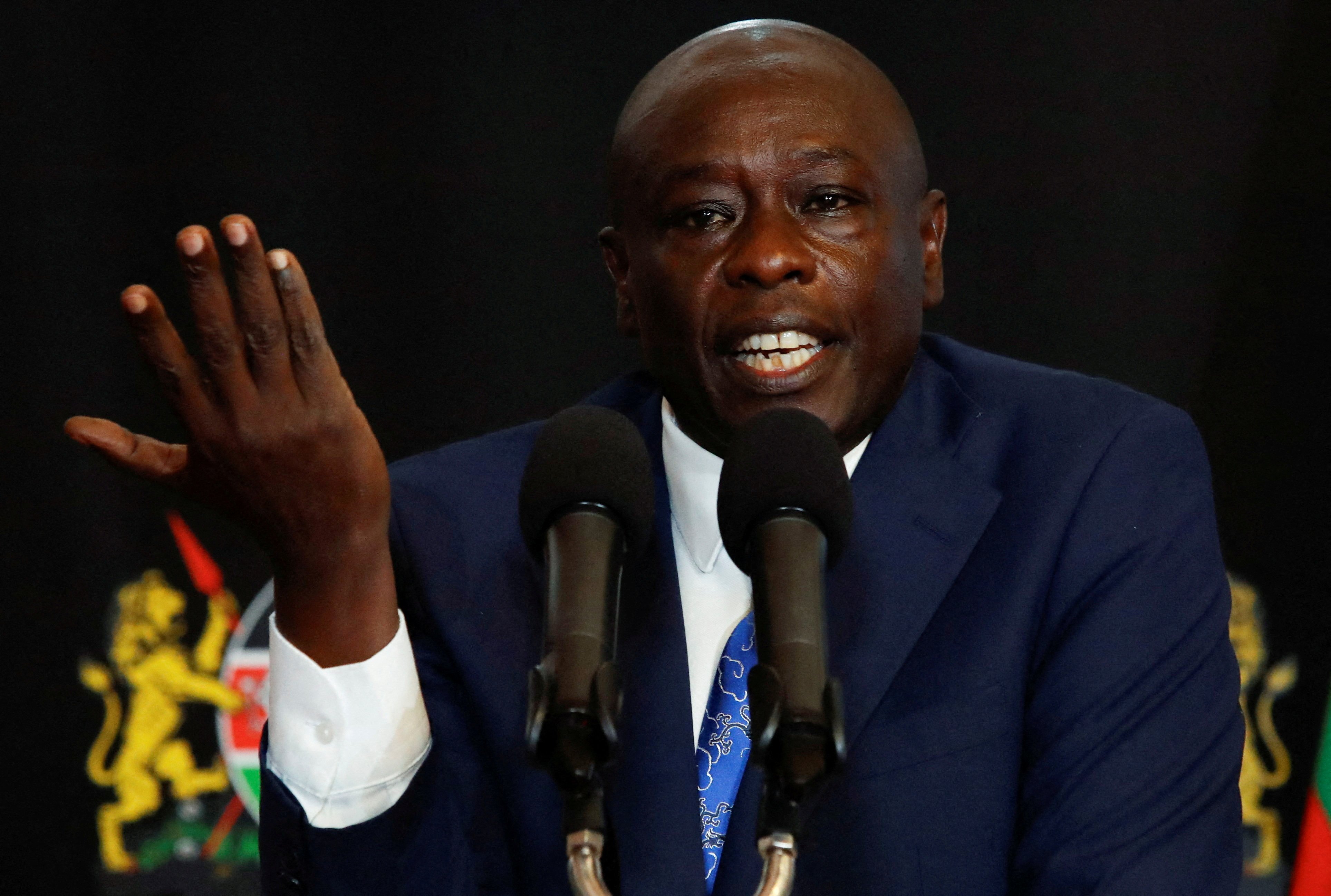Government tasked to check quality of sanitary pads donated to learners

The government has been asked to check the quality of sanitary pads given by donors to schoolgoing children in refugee camps and host communities across the country.
The government has been asked to check the quality of sanitary pads given by donors to schoolgoing children in refugee camps and host communities across the country.
This follows a research conducted by Windle International Uganda, an NGO, that was commissioned by United Nations High Commissioner for Refugeees, establishing that some learners were using poor quality sanitary materials that were being distributed by some organisations.
“Sixty percent of the girls found themselves using the pads they did not like but they had to use them because they had no choice,” Ms Hilda Masaba, the research and innovation officer of Windle International, said yesterday during the release of the findings in Kampala.
The menstrual hygiene management study, which was conducted in refugee camps and host communities between November and December, indicated that cloth menstrual washable pads are commonly used among learners.
These were followed by single–use pads (37.2 percent), menstrual underwear (4.5 percent) and menstrual sponge (1.6 percent).
Ms Masaba asked the government to involve the Uganda National Bureau of Standards to ensure that only quality pads are distributed.
“The government should issue a directive of which quality of pads donors should distribute to schools. Just like the government was tough on the quality of Covid-19 relief, the same should apply to pads to safeguard learners,” she said.
The report also revealed that high level of absenteeism among girls was a result of lacking sanitary materials.
Another study that was conducted on irregular attendance and schools dropout indicated that the rate was high among learners in upper primary classes.
According to the finding, there was a 26 percent dropout rate in Primary Four and the highest in Primary Six with 29 percent.
The trend, however, reduced in Primary Seven with 7 percent.
Mr David Oketcho, the monitoring and evaluation coordinator at Windle International, said the number of school dropouts was high among boys compared to their female counterparts due to early marriage with (20 percent) among boys and (15 percent) among female students.
Mr Jimmy Andy, the information management officer, who represented the commissioner for basic education, said they had rolled out registration of learners on Education Management Information System to reduce number of learners dropping out of schools.




